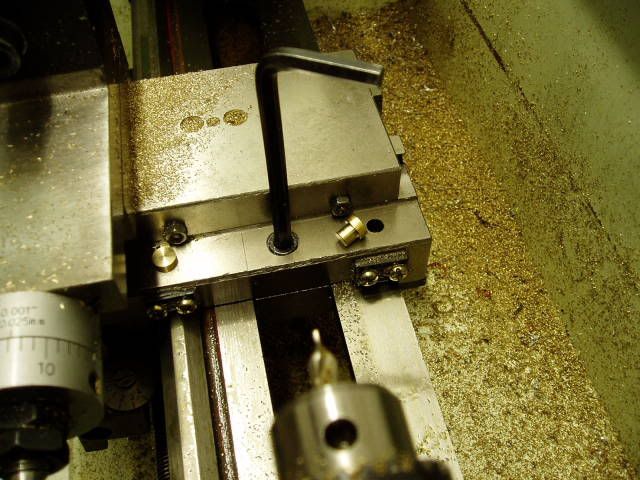They are kind of a fiddly thing to get oil into. Using hinged top oilers is not a viable solution for a lot of them, because they usually sit right on a slide and will interfere with other operations.
Thankfully, most of them supply oil to things like lead screws, and don't take a lot of oil to get the job done. Using a thin tapered punch to push the ball down and then letting oil run down the punch into the hole works okay. You can do the same thing with a short piece of 1/16" drill rod.
Some older lathes use a small flat head screw in place of those aggravating spring balls. Take out the screw, give it a squirt of oil, and put the screw back in. You could pop out the balls, pull the spring, and tap the hole for a small screw. That might involve some disassembly to avoid getting chips from the tapping in the lead screw, or whatever that hole is meant to lubricate.
Dean





